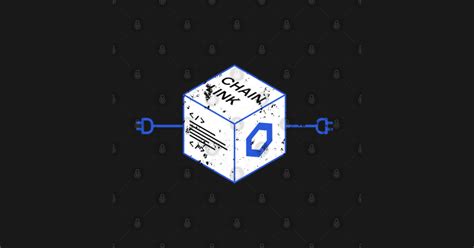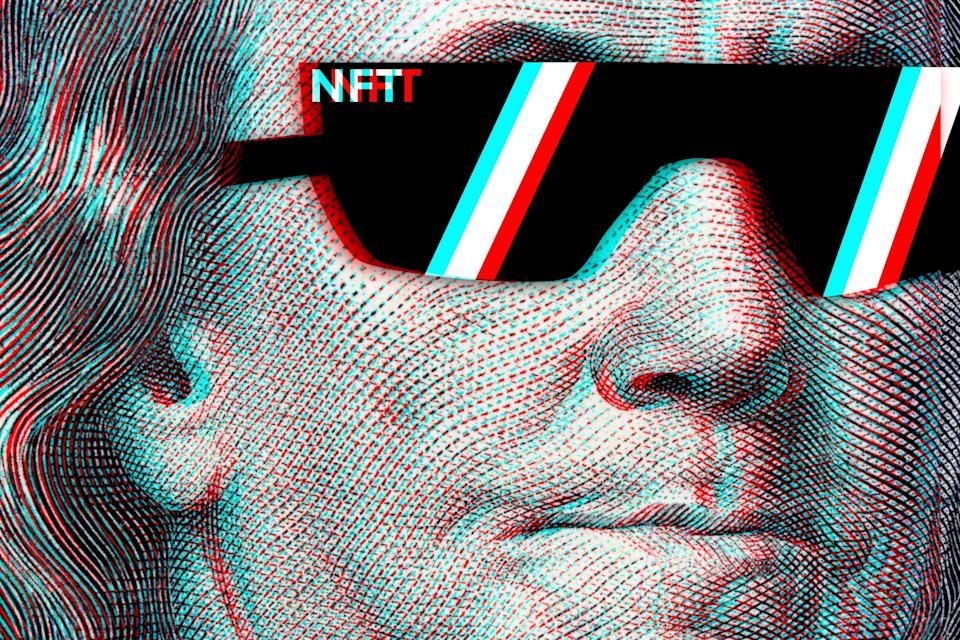“ChainLink is helping bridge the gap from old data, to a blockchain network.” -ofthefreemarket.com

Chainlink is a decentralized blockchain network which uses oracles to transfer real world data onto the network using a series of smart contracts. LINK tokens are used as the currency to pay for services on the Chainlink network. Chainlink is bridging the gap from old finance to new, and from old data storage to new utilizing decentralized oracles and smart contracts. These oracles act as a digital middleman to communicate between on-chain and off-chain data.This network protocol is huge because it solves one of the biggest problems DAPPS have had; getting data on and off the network securely.
The Chainlink network has a goal of providing trusted real world data to smart contracts running on top of the blockchain using a decentralized network of oracle nodes to gather and securely transmit that data onto the network. Chainlink incentivises the data providers, or oracles to provide the most reliable data for smart contracts. All oracles on the network receive a reliability score for the data they provide, and are rewarded for accurate information with LINK tokens, you can also have oracles be labeled as not trustworthy based on faulty information provided. All of this validation is to protect the network users, and ensure accurate information is provided to all parties involved.
How does Chainlinks process work? The network protocol has 3 basic pieces of the protocol where all function using smart contracts
- Oracle selection contract- The network selects specific data providers using a SLA (service-level agreement.) The network selects the oracles best suited to provide the contract specific data
- Data reporting contract- This is where the oracles fulfil the SLA by connecting with sources outside of the network, and after the oracles process the data they provide that back to the contracts on the Chainlink network.
- Result Aggregate Contract- This where the results provided by the oracles are checked for accuracy before being provided to the user. Each of the data points provided also earns a weighted score for the oracle based on the accuracy of the information provided.
Chainlink has appeared to have solved a major issue for most decentralized applications. The issue is that for most decentralized applications the weakest point is where outside data is entering the network. This occurs because the source is typically unknown, and can give the application bad information to work with. Chainlink’s validation process that problem is basically eliminated giving users more confidence in the Dapp experience.
Chain link has become one of the most popular crypto networks over the past few years, and it seems to have a very large amount of use cases because it can move unsecured data to a secure blockchain with ease. There are tons of use cases to read, and learn about with the functions of this new technology check them out here!. There are also some big names who see the value from a business perspective From Korean banks, to Deutsche Telekom’s IT subsidiary, T-Systems. Chainlink has massive implications for merging legacy systems, and networks with new age blockchain networks. Look at the massive ecosystem Chainlink has created something that is truly bridging the gap, let us know what you think about this project. It’s definitely one of my favorites after writing this.




